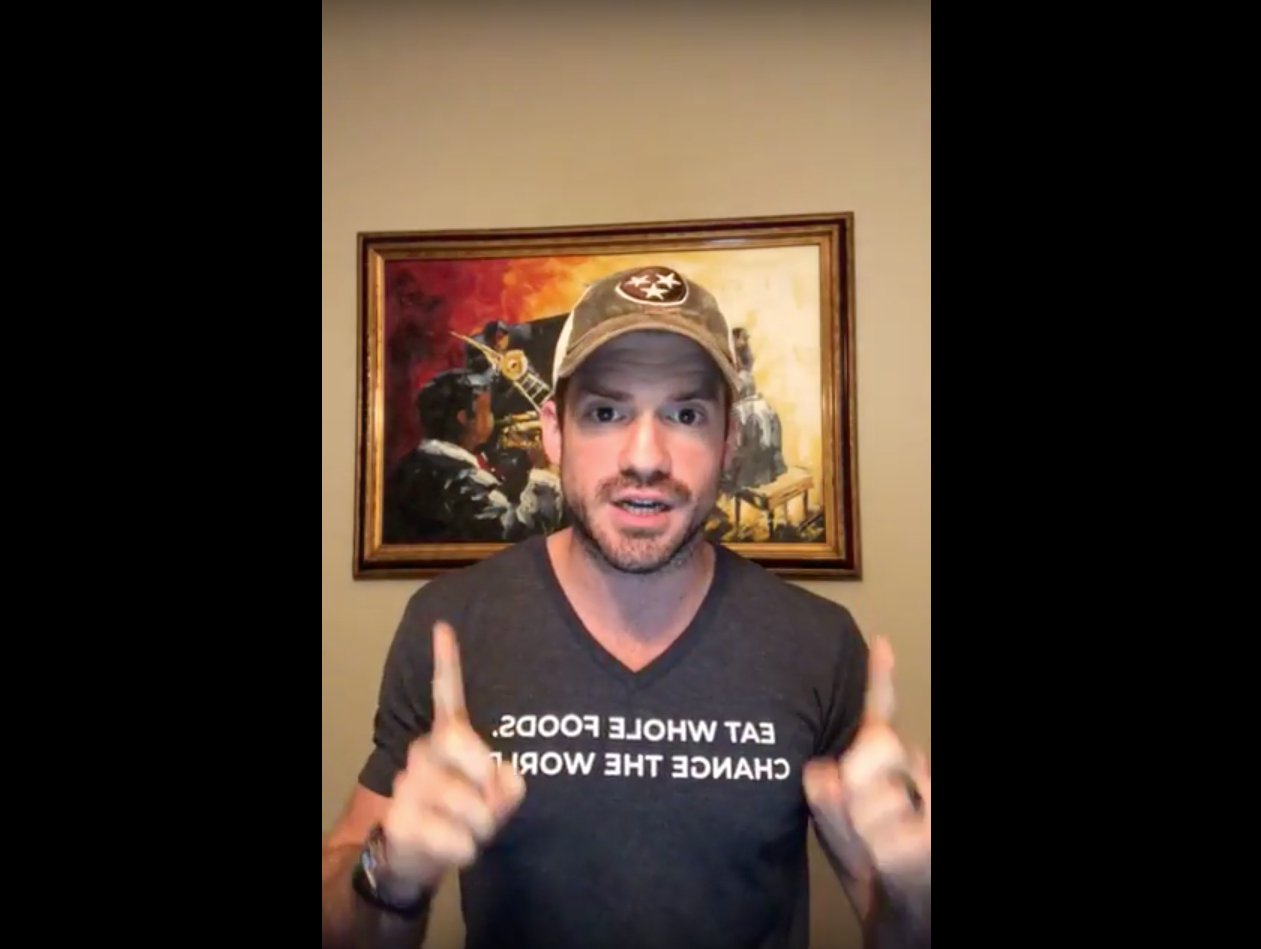4 Basic Functions of Human Metabolism:
This week, I wanted to dive into how the human body actually works, and here's why... I've worked one-on-one with over 600 clients in just the year 2018 alone! The biggest thing I have learned through this experience is...
There is an overabundance of information about "diets" on the internet. There is a massive lack of information about how the human body actually works!! If you do not understand how your body works on the most basic level, long-term success with any health & wellness protocol will be virtually
impossible. So I set out to teach you exactly how your own metabolism works, in a nutshell!
The 4 Most Basic Functions of Human Metabolism:
-
Energy - the human metabolism breaks down foods to create energy
-
Catabolism - breaking down foods to create energy.
-
- When the body is in a catabolic state, it is breaking things down
-
Anabolism - using broken down foods to rebuild and repair tissues. “anabolic steroids.” Building and reaping tissue
-
- When the body is in an anabolic state, it is repairing tissue and building new tissue
-
Cellular Functions - the energy created by human metabolism allows the body to perform all the necessary cellular functions.
What Your Body Is Made Of: Amino Acids link together to build
Proteins Proteins link together to build
Cells Cells link together to build
Tissues All of your organs are made of tissues - skin, bone, heart, lungs, eyelids, everything...
Macronutrients:
- Fat = 9 calories per gram
- Protein = 4 calories per gram
- Carbohydrates = 4 calories per gram
- **Ethanol = 7 Calories Per Gram - The only other substance that provides calories is alcohol (ethanol). Technically NOT a macronutrient because it is not necessary for survival.
Fun Fact - ingested carbohydrates are not required for human survival either since the body can create its own glucose. Fancy word - gluconeogenesis…
I went on to describe the role that each macronutrient plays in energy production, catabolism, and anabolism. Step by step.
Protein:
Can either be burned for energy in some very specific cases… or stored and used to rebuild and repair tissues.
Catabolism - broken down to amino acids. Certain amino acids can be converted to glucose and burned for energy.
Anabolism - amino acids are linked together to build and repair muscle tissue.
Fats:
Must be either burned or stored. Period.
Catabolism - the triglyceride is broken apart. The fatty acids are converted to Ketones and burned for energy.
Anabolism - the fatty acids are attached to a glycerol molecule and stored as triglycerides. Body fat.
Fats are stored as triglycerides.
Carbohydrates:
Must be either burned or stored Period.
Catabolism - Carbohydrates break down into glucose. Glucose is burned for energy.
Anabolism - Glucose is stored as Glycogen in the Liver and Muscle Cells
If the Liver and Muscle Cells have reached their capacity for Glycogen, all extra glucose will be stored as fat (triglycerides)
The human body can only store about 500 grams of glycogen! When this amount has been reached, glucose is then stored as body fat!! The average American consumed 300-600 grams of carbs per day! In just one single day, you can fill you glycogen capacity and start storing fat, day, after day, after day, after day...
That is the most basic explanation of obesity in humans!
Hormones Run The Show:
And at the very end, I gave a quick lesson on the hormones responsible for regulating blood sugar by either storing or releasing glucose to be used as energy. Those 2 hormones are
Insulin:
- The main storage hormone in the body. Insulin shuttles glucose into the cells.
-
- Insulin regulates blood glucose levels by telling muscle cells and fat cells that they should absorb some glucose from the blood
- It will continue to tell the body to do this until blood glucose levels are restored to safe levels
- Muscle cells have a limit, like I said, around 400 grams in the entire body…
- Fat cells have no limit… Which is why we see humans walking around looking the way they do...
-
That’s why it’s much more difficult to look like a bodybuilder than it is to look like an obese person…
-
As long as there is insulin in the bloodstream, the body cannot burn fat!
- Insulin stops fat burning dead in its tracks.
Glucagon:
- regulates the release of glycogen as glucose to be used for energy
-
- Remember, glycogen is the storage form of glucose…
-
Glucagon increases blood glucose concentration by releasing it from storage.
-
This floods the bloodstream with glucose ready to be used for energy…
- If the demand for energy is higher than glucose can meet…
-
Say, you’re going for a morning walk after fasting for 16 hours…
- The body will break apart triglycerides and use them for energy…
- Again, this is all regulated by your Blood Glucose levels…
I also explained to people that when the body is healthy and working properly, glucose and Ketones do not fight with one another. They actually work hand in hand in a beautiful way.
When Glucose and Ketones are Working Together:
Glucose - is preferentially sent to the cells that can only burn glucose (red blood cells)
Ketones - are preferentially sent to the organs that can burn either glucose or Ketones. Namely the brain, heart, kidneys, and skeletal muscles.




Share:
In Case You Missed It #22 - Strength Training, Hydration, Blood Panels, and Protein
Back to Basics: For the Newbies! - Live AMA #45